The tropical rainforest holds many secrets, but none quite as deceptive as the strangler fig's deadly embrace. What begins as a tender symbiotic relationship between plant and host tree gradually transforms into one of nature's most calculated assassinations. This botanical betrayal unfolds with such subtlety that by the time the host realizes its fate, escape becomes impossible.
Botanists have long been fascinated by the strangler fig's (Ficus aurea) sophisticated killing strategy. Unlike parasitic plants that immediately drain their hosts, the strangler fig employs a more insidious approach. Its journey begins when a bird or monkey deposits a tiny seed in the canopy crotch of an unsuspecting tree. The seed germinates with unassuming innocence, sending delicate roots downward toward the soil while stretching tender leaves toward sunlight.
During these early stages, the host tree experiences no distress. Some scientists believe the young fig might even benefit its supporter by providing additional shade or attracting pollinators. This period of apparent harmony lasts several years - nature's version of a Trojan horse scenario where danger wears the mask of friendship. The host tree continues its growth, unaware it's nurturing its own eventual executioner.
The transformation from guest to killer happens gradually. As the fig matures, its initially slender roots thicken into woody cables that snake down the host's trunk. These roots multiply and fuse together, forming a latticework that slowly constricts the supporting tree. Above ground, the fig's canopy expands aggressively, intercepting sunlight that once nourished its benefactor. The host finds itself fighting for both nutrients and photons, caught in a botanical version of medieval siege warfare.
What makes this relationship particularly cruel is the fig's physiological manipulation of its victim. Research reveals that strangler figs release growth inhibitors that subtly compromise the host's vascular system. These biochemical signals accelerate the supporting tree's decline while the fig redirects water and minerals to its own tissues. The host essentially becomes a living scaffold - its very structure used against it as the invader strengthens.
The final act of this ecological drama plays out over decades. As the fig's roots completely encase the host trunk, they prevent secondary growth - the natural expansion that trees rely on for survival. The supporting tree literally gets squeezed to death, its vascular system crushed by the relentless pressure. Eventually, the host decays, leaving the strangler fig standing hollow yet triumphant, its lattice of fused roots forming an independent trunk where another tree once grew.
Ecologists note the strangler fig's strategy represents an extraordinary evolutionary adaptation. By initially appearing harmless and even beneficial, the plant bypasses a host tree's natural defenses. Many tropical species would immediately reject or shed outright parasites, but the fig's delayed aggression allows it to circumvent these protective mechanisms. This long-game approach to survival demonstrates how nature's most effective killers often wear the kindest disguises.
The ecological impact of this phenomenon extends beyond individual trees. Strangler figs dramatically alter forest architecture, creating hollow "column trees" that serve as shelters for countless species. Their fruit becomes crucial nourishment for rainforest animals during lean seasons. In death, the host tree continues contributing to the ecosystem - its decaying matter nourishing the fig that killed it and countless other organisms. This complex web of relationships challenges our notions of villain and victim in nature's grand theater.
Modern botanists using 3D imaging have uncovered another chilling detail - strangler figs appear to "remember" the shape of their host long after its disappearance. The hollow center of mature figs often perfectly mirrors the trunk structure of the departed tree, suggesting the killer plant maintains a ghostly impression of its victim decades later. This eerie botanical memory adds another layer to what scientists are calling "phyto-necromancy" - plants retaining physical memories of past relationships.
As climate change alters tropical ecosystems, researchers are monitoring how strangler figs adapt. Early data suggests these botanical assassins are expanding their range and accelerating their life cycles. Some specimens have been observed overwhelming hosts in half the traditional time, possibly due to increased atmospheric CO2 boosting their growth rates. This alarming development could reshape rainforest dynamics, potentially favoring stranglers over their supporting trees in the coming decades.
The strangler fig's story forces us to reconsider nature's balance. What we perceive as cruel might simply represent evolutionary brilliance - a survival strategy refined over millennia. The next time you walk through a tropical forest and encounter one of these hollow giants, pause to consider the drama contained within its latticework trunk. That empty space tells a story of patience, deception, and the quiet violence that sustains the rainforest's endless cycle of life and death.
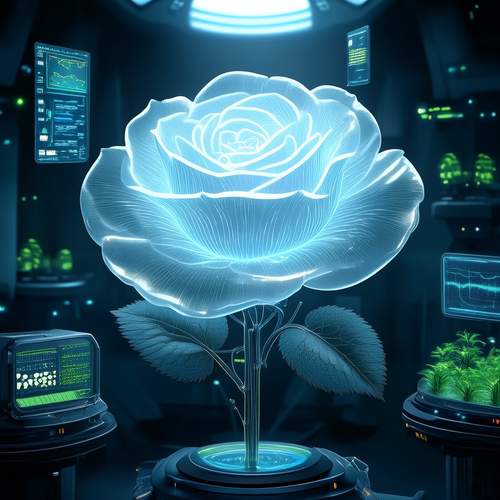
By /May 21, 2025
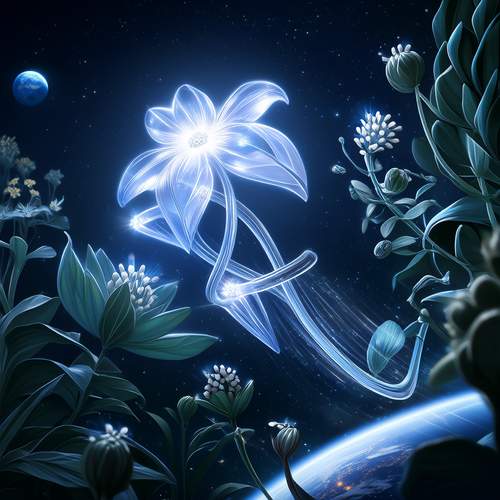
By /May 21, 2025

By /May 21, 2025

By /May 21, 2025
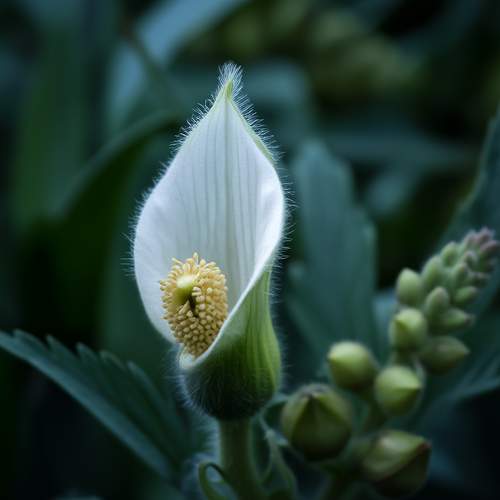
By /May 21, 2025
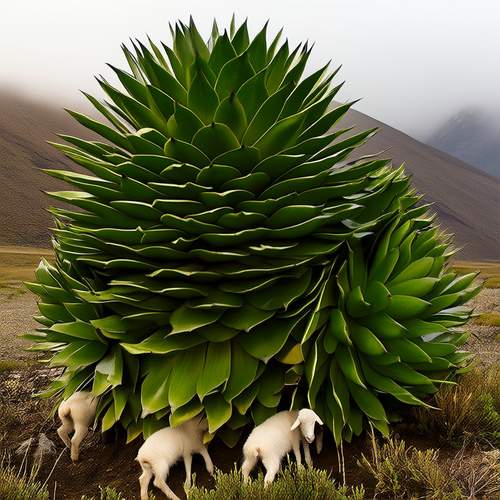
By /May 21, 2025
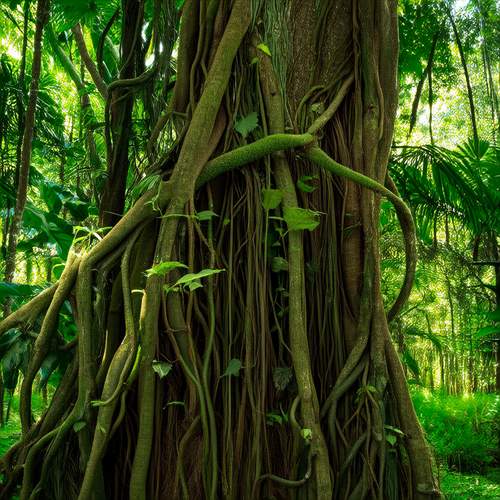
By /May 21, 2025
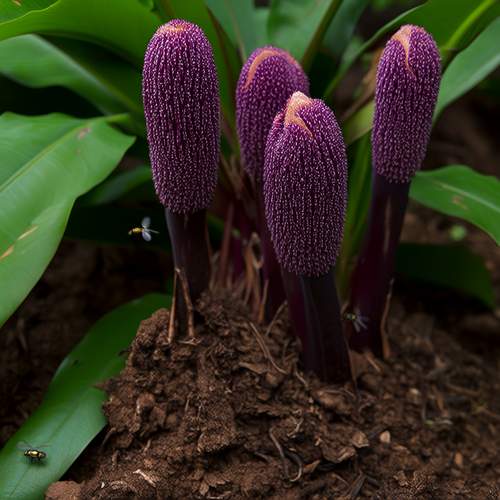
By /May 21, 2025
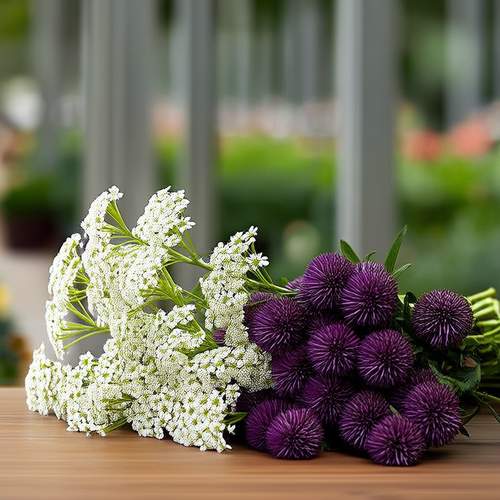
By /May 21, 2025
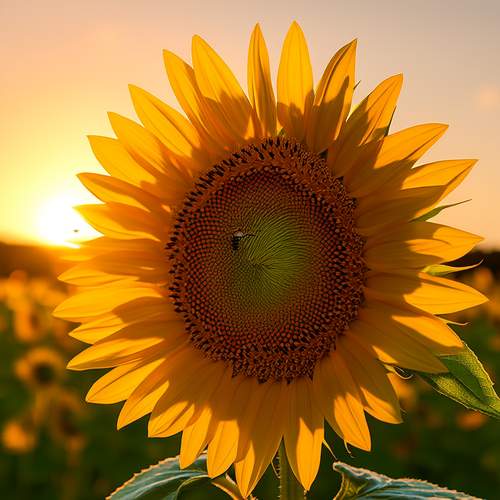
By /May 21, 2025
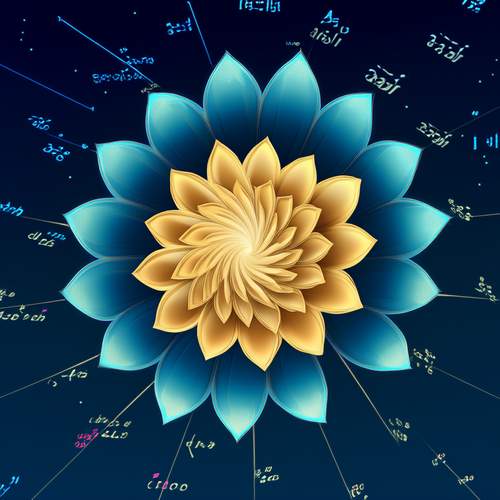
By /May 21, 2025
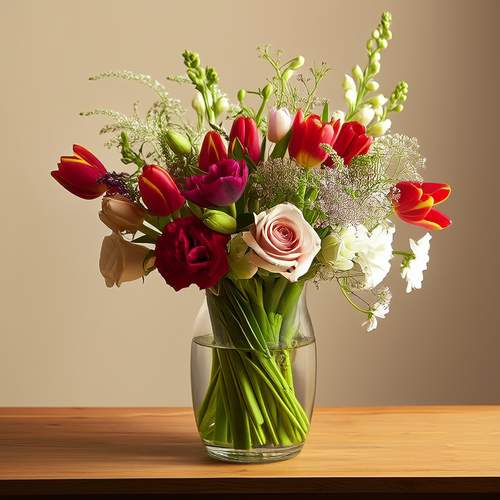
By /May 21, 2025
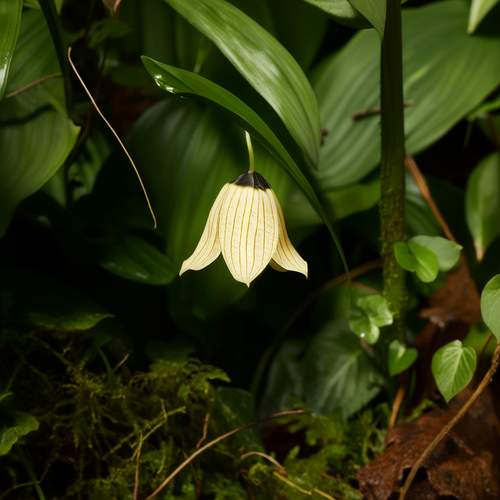
By /May 21, 2025
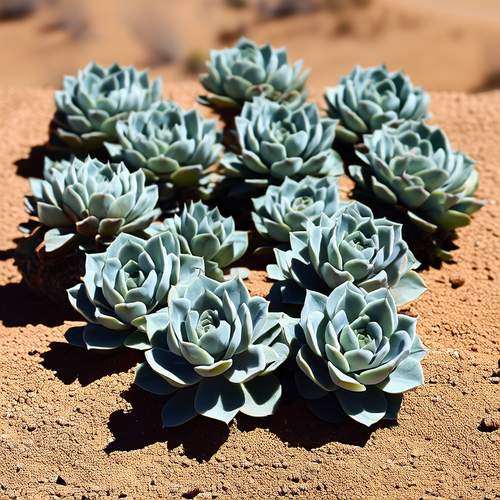
By /May 21, 2025
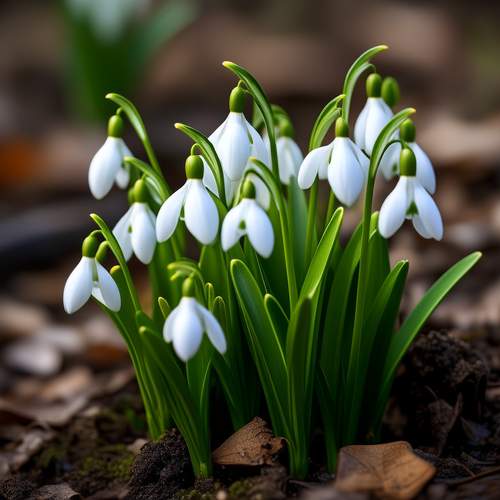
By /May 21, 2025
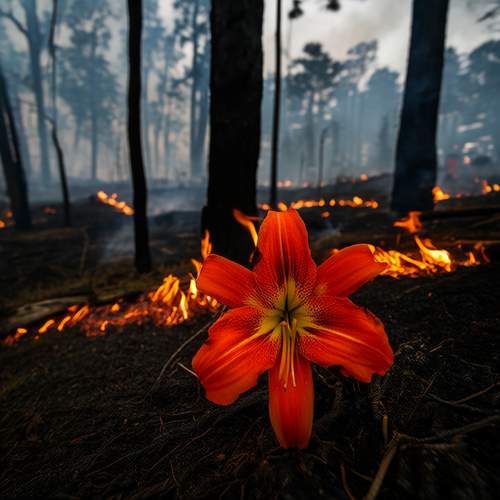
By /May 21, 2025
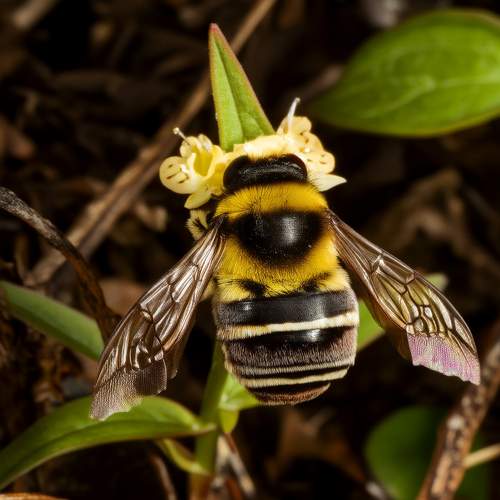
By /May 21, 2025

By /May 21, 2025
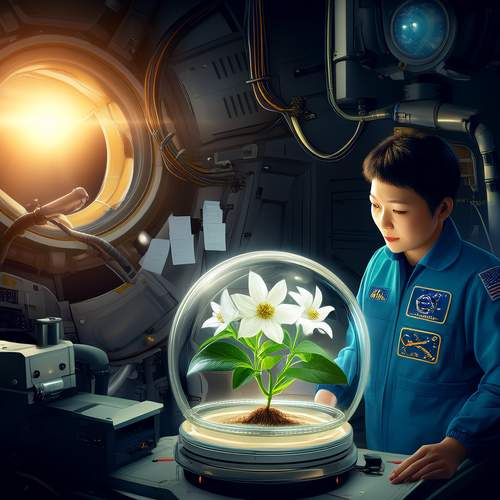
By /May 21, 2025
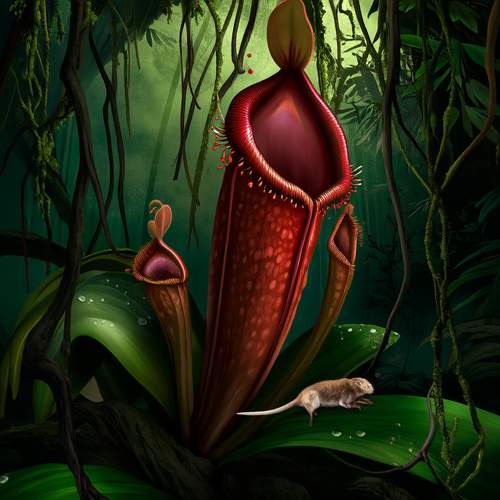
By /May 21, 2025